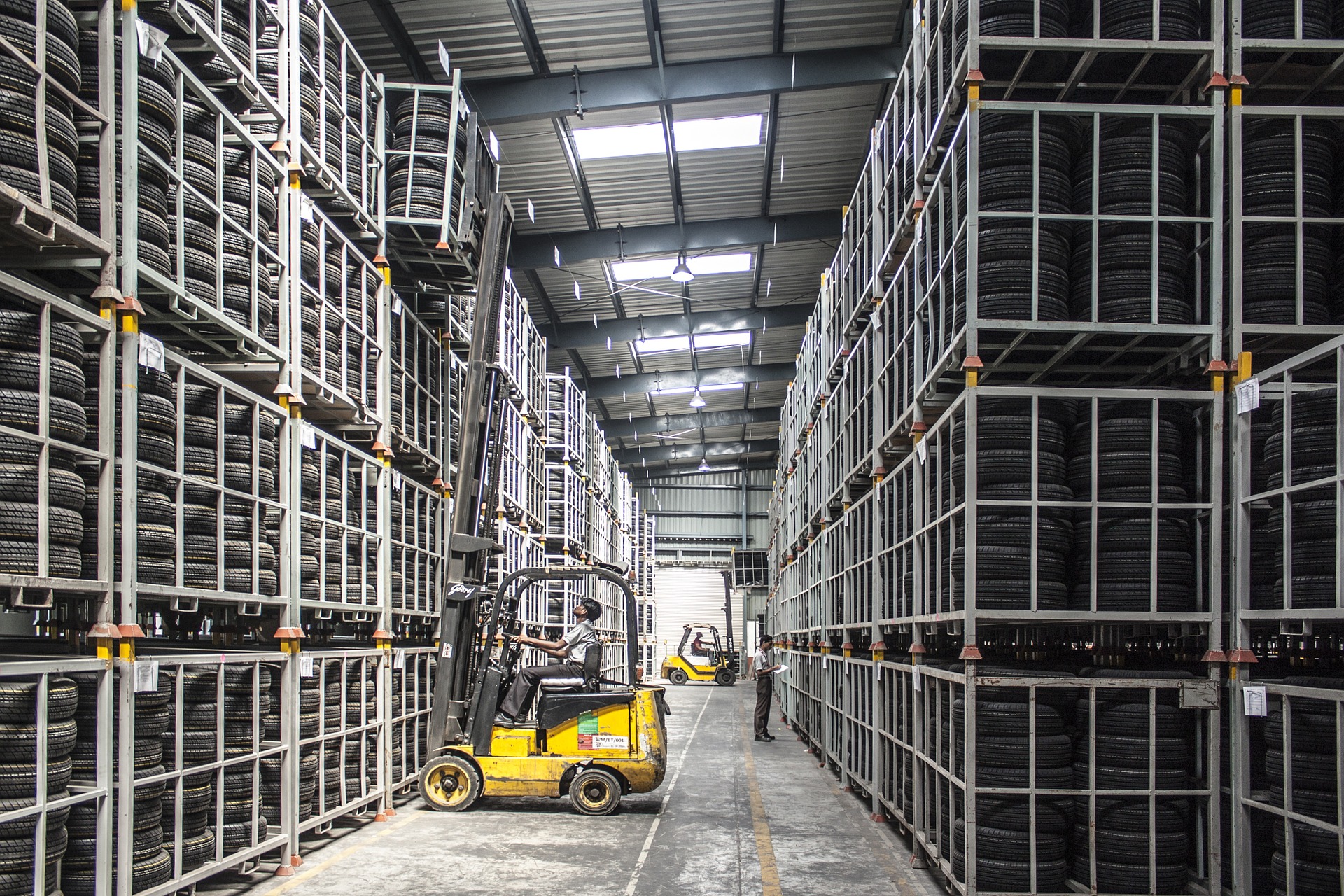Despite high unemployment and sluggish job growth, demand for industrial warehouse space and modern distribution centers has been steadily increasing across the nation. Land constraints and functional obsolescence are spurring more redevelopment and retrofitting of existing facilities, but analysts are also noting speculative as well as build-to-suit construction and possible shifts in business among ports.
As of the third quarter of 2013, national warehouse vacancy rates in the United States have declined for 14 straight quarters, and the overall warehouse vacancy rate has dropped 90 basis points to 8.2% over the last year.[1] According to Colliers International, vacancies have declined the most in primary port cities and inland distribution markets with large intermodal facilities.[2]
The Global Industrial Report released this summer by Colliers International showed that industrial buildings across the world are operating near full occupancy. The report also stated that an estimated 40% of existing U.S. warehouse space is old enough to be considered functionally obsolete, while retailers and manufacturers are feeling increased urgency to revamp their supply chains with modern storage and distribution facilities aligned with key ports (especially those able to accommodate the larger post-Panamax ships), intermodal rail facilities, and air cargo/e-commerce fulfillment paths. Transportation challenges such as driver shortages, volatile fuel costs, and growing consumer demand for “faster, cheaper, better” good and services also drive improved performance standards for supply chains. The obvious result is increased demand for modern warehouse properties near ports and for modern inland distribution centers.
As CBRE Economist Matthew Ciampa noted, as supply chains evolve, the characteristics of optimal warehouse space do too. The warehouse spaces in greatest demand have a number of characteristics that help optimize logistics—a fine balance between available building area, adequate infrastructure, and distance to final delivery location. Since the early 1990s, demand for larger buildings has remained consistently above demand for their smaller counterparts, and construction of larger spaces has accounted for a larger percentage of completions since 2009.[3]
According to Colliers International, new industrial construction increased by one-third to 40.6 million square feet, which is still less than the quarterly average net absorption from first quarter 2012 to first quarter 2013 (45 million square feet). More than half of this new space is pre-leased or build-to-suit distribution centers for major retailers and manufacturers.[2]
There is increasing demand for not just large, but mega-sized, buildings. In the United States, more industrial buildings over a million square feet were leased in 2012 than from 2009 through 2011 combined. Tenants include retailers like Amazon.com, Walmart, Home Depot, and PetSmart and manufacturers like Owens Corning and General Electric.[4]
In the next post in this series, we will look at some of the factors determining where this demand is occurring now, and where it may shift to in the future.
1. Cushman & Wakefield. 2013. “Market Industrial Snapshot – United States, Q3 2013.” ↑






Recent Comments